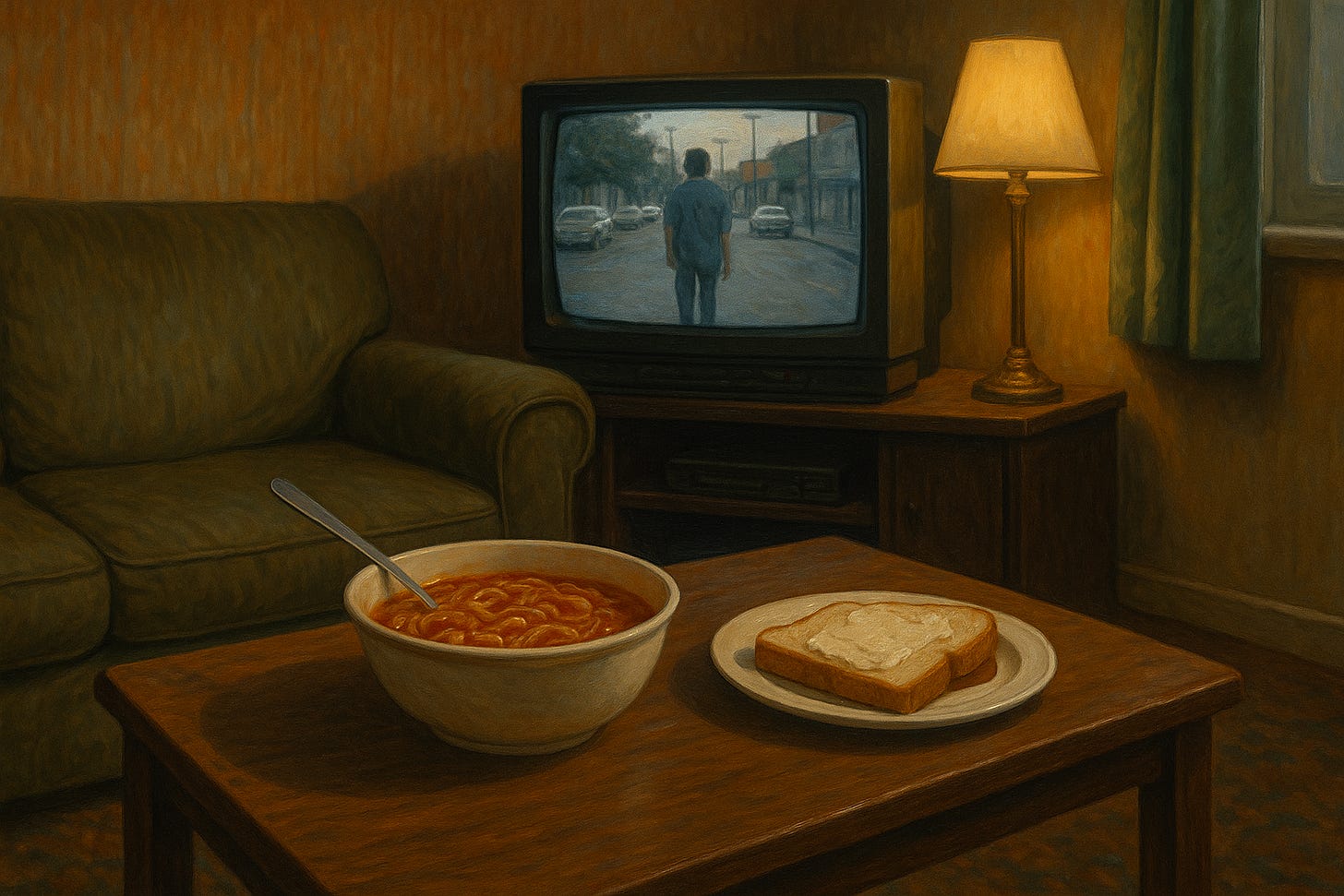The Slacker's Guide to Building a Life (Accidentally, On Purpose)
On redefining success and learning to see what you’ve built
If you’ve known me for long, then you also know I’ve honestly never been the sort of person one would describe as traditionally ambitious. I never dreamed of climbing corporate ladders when I was younger. I absolutely hated school. I honestly couldn’t even picture myself in a suit, shaking hands in a co…
Keep reading with a 7-day free trial
Subscribe to The Writer in the Wild to keep reading this post and get 7 days of free access to the full post archives.



